Shunning conventional terms like principal and firm, Greg Corso and Molly Hunker consider themselves cocaptains of their emerging design team. It’s fitting, then, that the duo decided to name their collaboration SPORTS. “Sports involve rules and parameters,” Corso explains, “yet there is room in which they can be quite beautiful and kind of extraordinary”— just like architecture.
The metaphor goes further: sports have the potential to engage audiences from all walks of life, Corso and Hunker say, and they want their work to be just as accessible. SPORTS has pursued this goal by tapping into an unconventional yet recognizable arsenal of materials— from zip ties to prayer candles. Now the pair, both assistant professors at Syracuse University School of Architecture, hope to get more skin in the game.
Corso and Hunker met at UCLA, where they each received an M.Arch. in 2010. As graduate students, they collaborated on Life Will Kill You, a temporary installation at the Revolve Clothing showroom in West Hollywood, California. They crafted a canopy of electrical lamp cord and more than 100,000 zip ties that contrasted with the store’s staid interior. This commission kicked off their design partnership. They immersed themselves in Los Angeles’ creative scene; industries like fashion and film blended into their work. “There’s a fluidity to the design culture there,” Hunker says.
Both designers have artistic backgrounds— Hunker studied painting and drawing as an undergraduate at Dartmouth College, and Corso was initially a cartoonist, winning a grant to publish a graphic novel in 2006—so they were already inclined to reach into adjacent fields. They were also eager to engage directly with materials. “We like to situate our designs within the history of materials’ craft and find ways we can tweak these components, play with them, and make them strange,” Hunker says.
In several cases, this approach has translated into projects that juxtapose unpolished craftsmanship with the precision of digital form-making. For Stay Down, Champion, Stay Down, a 2011 installation at the Woodbury University Hollywood Gallery, Corso and Hunker got their hands on 8,000 terracotta tiles from a local artisan and used digital software to arrange them in undulating planes across the floor. Not long after making a name for themselves in Hollywood, SPORTS ventured eastward. Both designers taught at the University of Illinois at Chicago, where Hunker served as the inaugural Douglas A. Garofalo Fellow in 2013. Hunker’s research explored vernacular aesthetics like “kitsch,” with a focus on the home shrine. “Home shrines are often read as gaudy,” Hunker says. “But that gaudiness is extremely important to the creator. The more ostentatious, the more powerful the devotion.”
That spring, she worked with Corso and a team of students to melt hundreds of decorative prayer candles into shapes that ranged from smooth circles to gloppy mounds. In doing so, they explored perceptions of beauty and ugliness alongside notions of kitsch. This interest echoed in Little Joy, SPORTS’ proposal for the Architectural League of New York’s Folly competition last year. Their project, which was not built but was deemed a Notable Entry, explored how the sensibilities behind ornamental knickknacks could be translated into functional architecture. Their proposed installation leveraged the typical iconography of a house—a square base topped with a triangular roof—but its exaggerated proportions and glossy finish drew from ornamental objects.
Now that the pair are teaching undergraduate studios at Syracuse, they are adjusting to an academic culture that is highly focused on theory, as opposed to that of UCLA, which encouraged designers to “make something first and talk about it after,” says Corso. On top of a university-funded research project, exploring folk-art environments and outsider-art constructs across the United States, they are developing two building proposals for rural areas of New York. They look forward to refining their interdisciplinary aesthetic at this new scale.
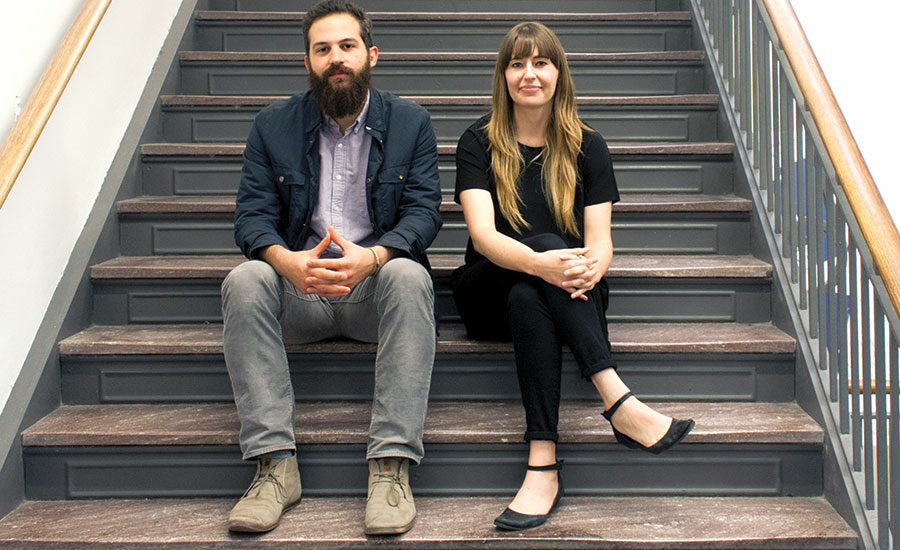
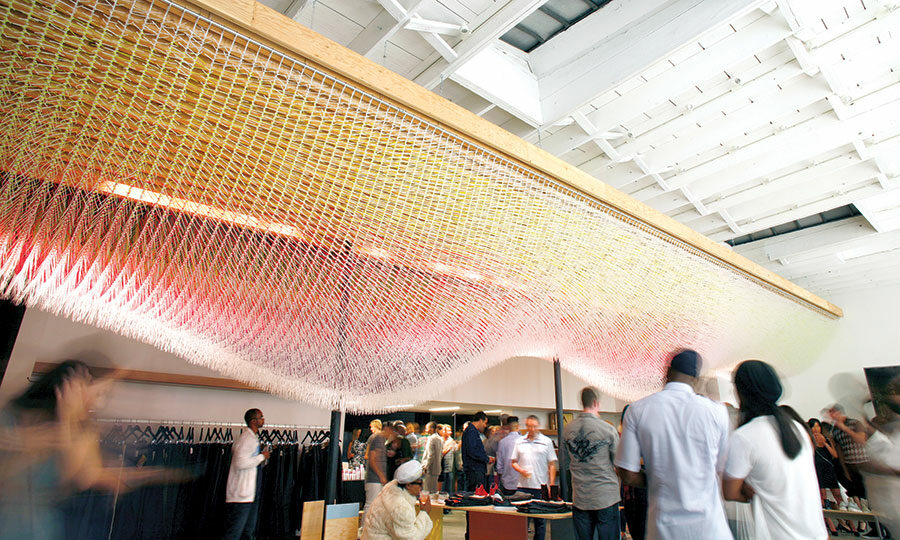
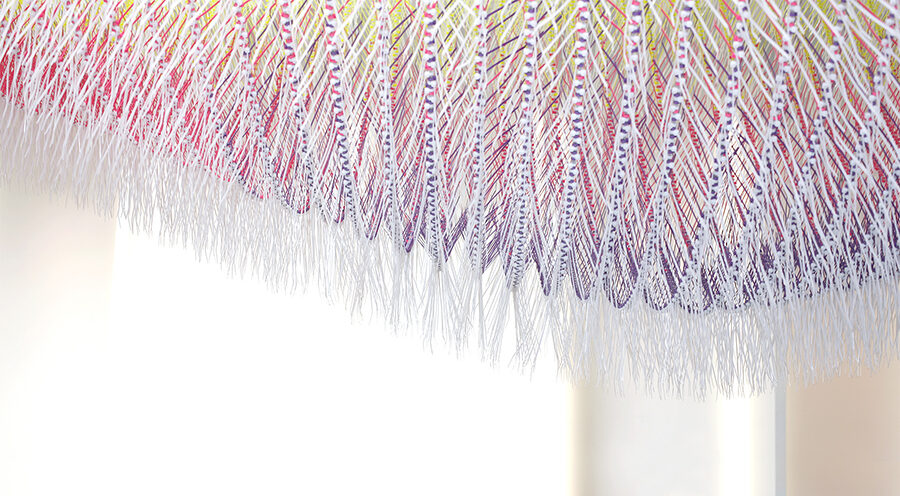
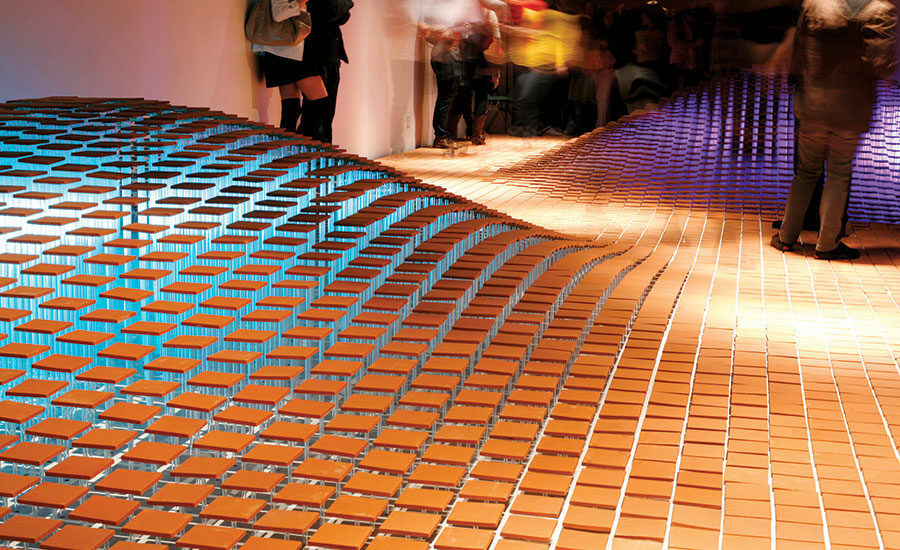
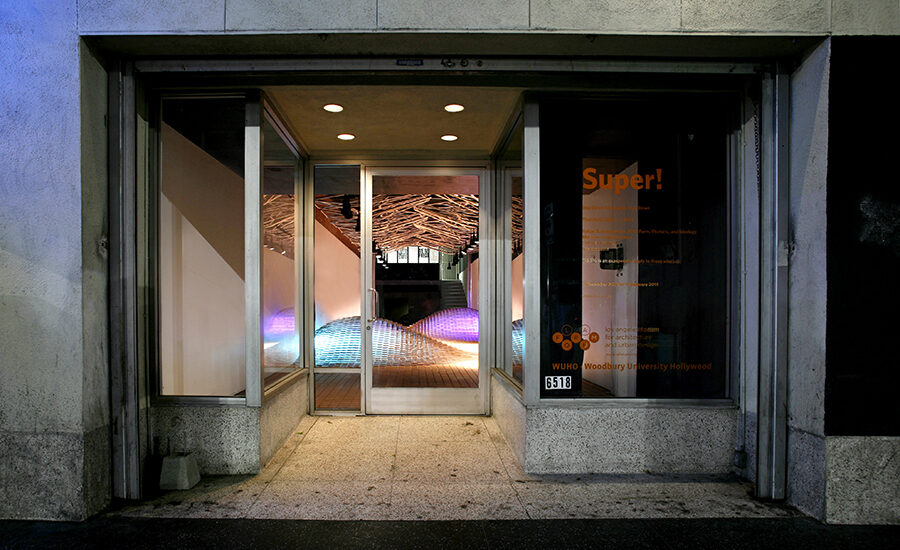
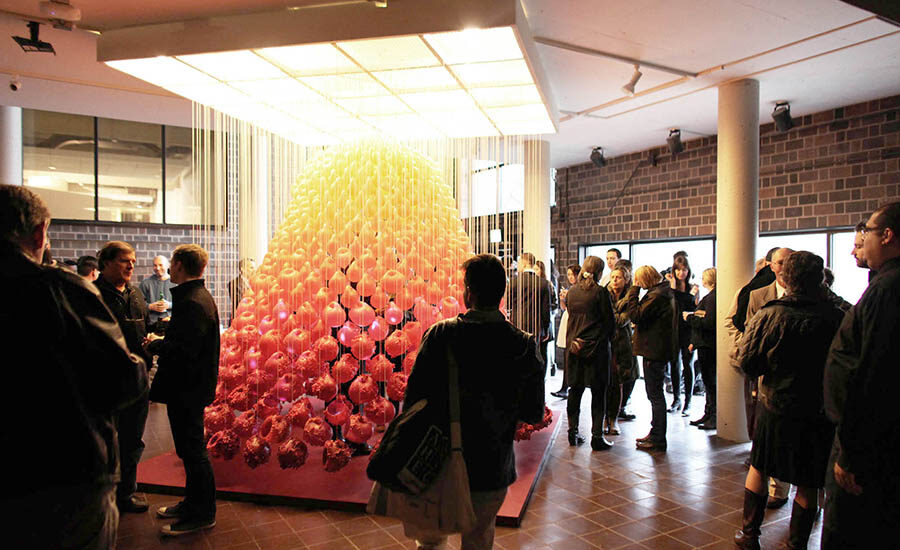
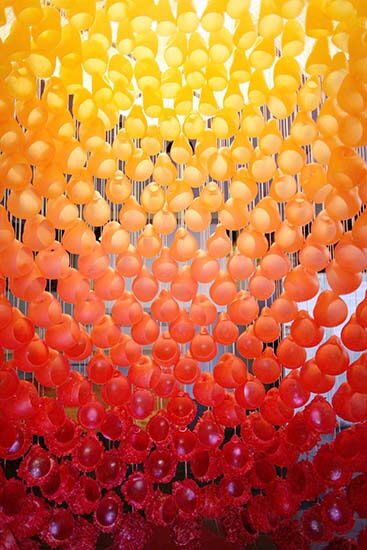
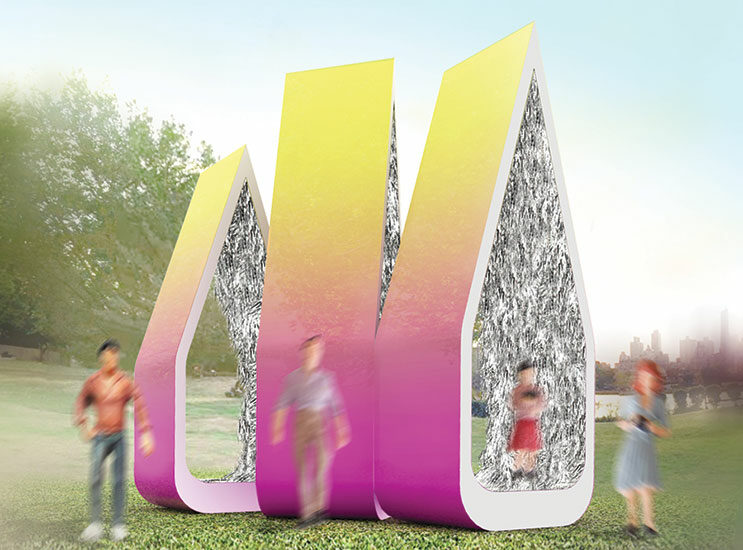
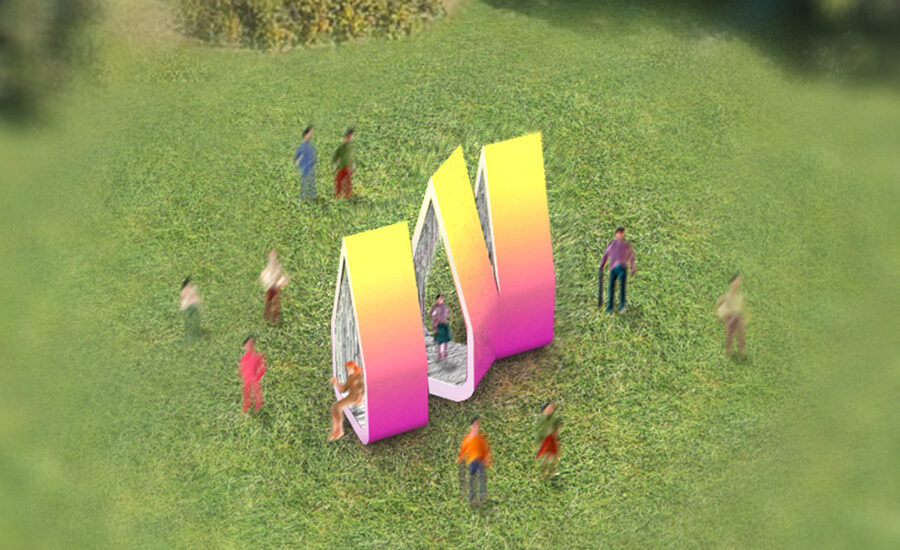


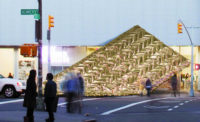
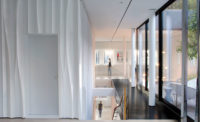
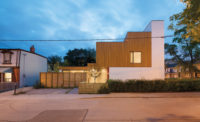



Post a comment to this article
Report Abusive Comment